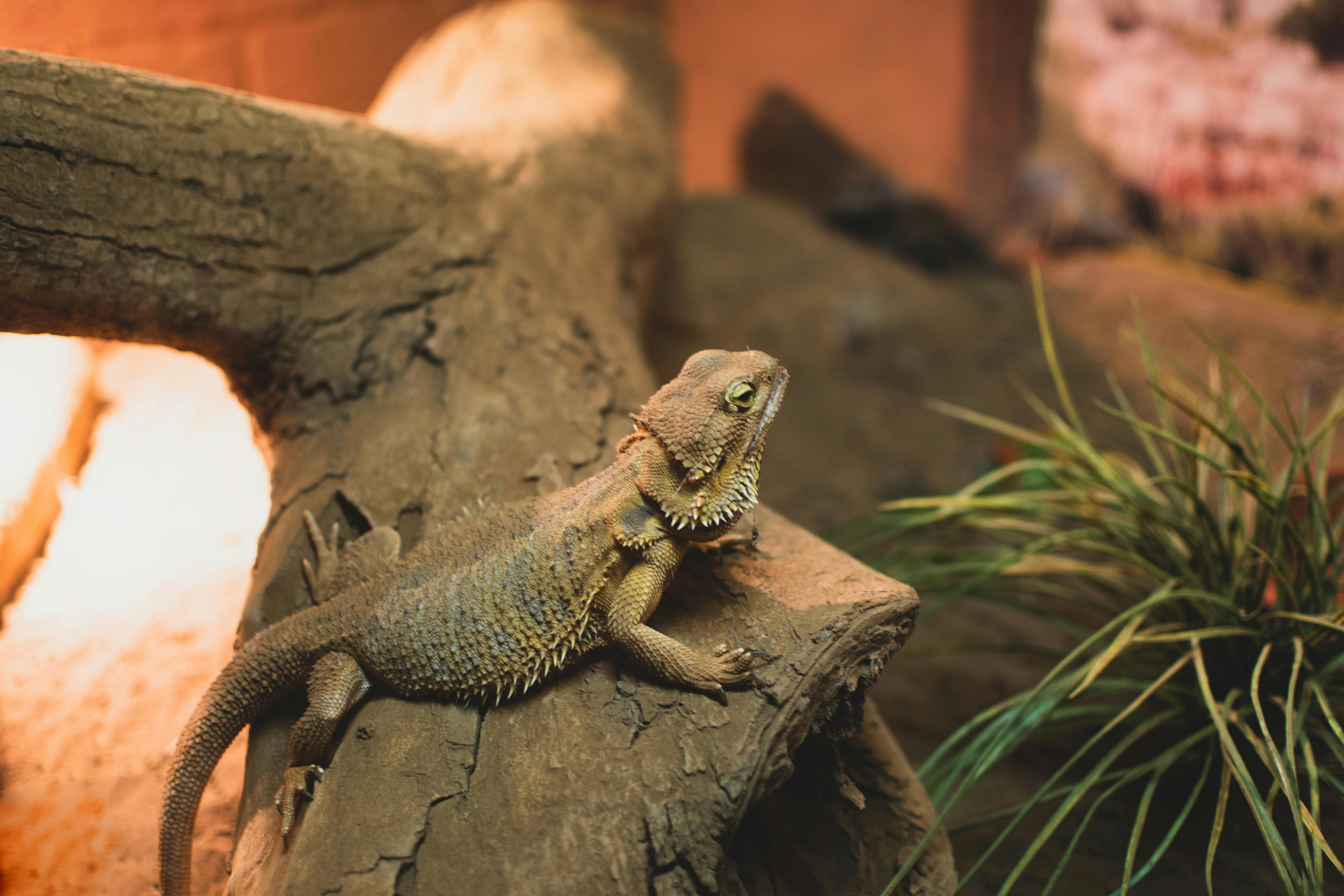Bearded Dragons: The Surprising Stars of the Pet Reptile World
The world of exotic pets has witnessed an unexpected phenomenon in recent years: the meteoric rise of bearded dragons as beloved companions. These charismatic lizards, native to Australia, have captured the hearts of reptile enthusiasts and casual pet owners alike, becoming one of the most popular reptilian pets globally.

The Bearded Dragon’s Journey from Outback to Living Room
The story of bearded dragons as pets begins in the arid regions of central Australia. These hardy lizards evolved to thrive in harsh desert conditions, developing a range of adaptations that would later make them ideal candidates for captivity. Their natural habitat spans from scrublands to rocky outcrops, where they bask in the sun and forage for a varied diet of insects and vegetation.
The first bearded dragons were imported to the United States for the pet trade in the 1990s. Initially, they were considered exotic and rare, appealing primarily to dedicated reptile enthusiasts. However, their gentle temperament and ease of care quickly garnered attention from a broader audience. Breeders began selectively breeding for desirable traits, leading to a variety of color morphs and patterns that further increased their appeal.
The Bearded Dragon Boom: A Pet Industry Phenomenon
The surge in bearded dragon popularity has had a significant impact on the pet industry. Specialized products for these lizards now occupy substantial shelf space in pet stores, ranging from habitat decor to nutritional supplements. The estimated price range for a bearded dragon can vary widely, from $50 for a basic morph to over $1000 for rare color variations.
This boom has also led to innovations in reptile care. Advanced lighting systems, precisely formulated diets, and elaborate enclosure designs have all been developed to cater to the specific needs of bearded dragons. The market for these products is estimated to be worth millions annually, with steady growth projected as their popularity continues to rise.
The Science Behind the Appeal: Why Bearded Dragons Make Great Pets
Bearded dragons possess several characteristics that contribute to their success as pets. Their diurnal nature aligns with human schedules, making them active and observable during the day. This trait, combined with their calm demeanor, makes them ideal for interaction and handling.
Research has shown that bearded dragons are capable of complex behaviors not typically associated with reptiles. Studies have demonstrated their ability to learn from observing others, a trait previously thought to be limited to more advanced vertebrates. This cognitive capability adds to their appeal as interactive pets.
Furthermore, their omnivorous diet provides flexibility in feeding, allowing owners to offer a variety of foods that can be easily sourced. This dietary diversity not only simplifies care but also allows for enriching feeding experiences, such as hand-feeding, which can strengthen the bond between lizard and owner.
Health and Husbandry: Ensuring Thriving Bearded Dragons
Proper care is crucial for the health and longevity of bearded dragons in captivity. These lizards require specific environmental conditions to thrive, including precise temperature gradients and UVB lighting to facilitate proper calcium metabolism. Failure to provide these conditions can lead to serious health issues such as metabolic bone disease.
Nutrition plays a pivotal role in bearded dragon health. A balanced diet consisting of insects, vegetables, and occasional fruits is essential. Owners must be vigilant about providing appropriate portion sizes and variety to prevent obesity and nutritional deficiencies. Regular veterinary check-ups with exotic animal specialists are recommended to monitor health and catch any potential issues early.
The Future of Bearded Dragon Keeping: Trends and Considerations
As bearded dragons continue to grow in popularity, the focus is shifting towards responsible ownership and breeding practices. There is an increasing emphasis on education, with many reptile organizations offering workshops and online resources for prospective and current owners.
Ethical considerations are also coming to the forefront. While most bearded dragons in the pet trade are now captive-bred, there are ongoing discussions about the sustainability of the hobby and its impact on wild populations. Conservation efforts in Australia, where wild bearded dragons face threats from habitat loss and climate change, are gaining support from the international reptile-keeping community.
In conclusion, the rise of bearded dragons as popular pets represents a fascinating intersection of animal behavior, human-animal bonding, and responsible exotic pet ownership. As these charming lizards continue to win hearts, they also challenge our perceptions of reptiles and open new avenues for understanding the complex world of animal cognition and care.





